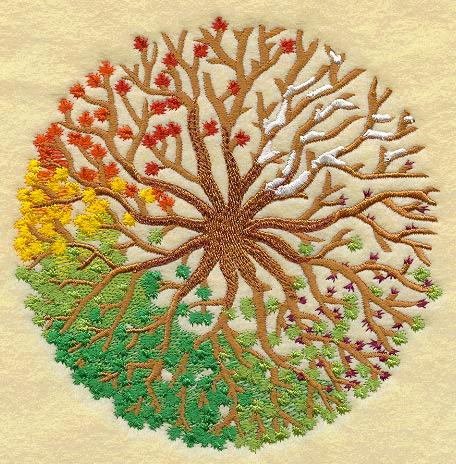BIBIPUR KHURD, locally called Bipur, is a small village in Patiala district, 8 km southeast of Ghuram (30° 7`N, 76° 28`E). It has a historical shrine, Gurdwara Patshahi Nauvin, sacred to Guru Tegh Bahadur, who visited the site during one of his travels through Malva and Bangar regions. The Gurdwara, out in the fields, is a single rectangular room, with a 4metre wide verandah in front, built in 1964. It is managed by a village committee. Special divans take place on the first of every Bikrami month, and an annual festival is held on the occasion of Hola Mohalla, recalling the Festival of Procession at Anandpur Sahib in the month of March.
- 1
- 2




